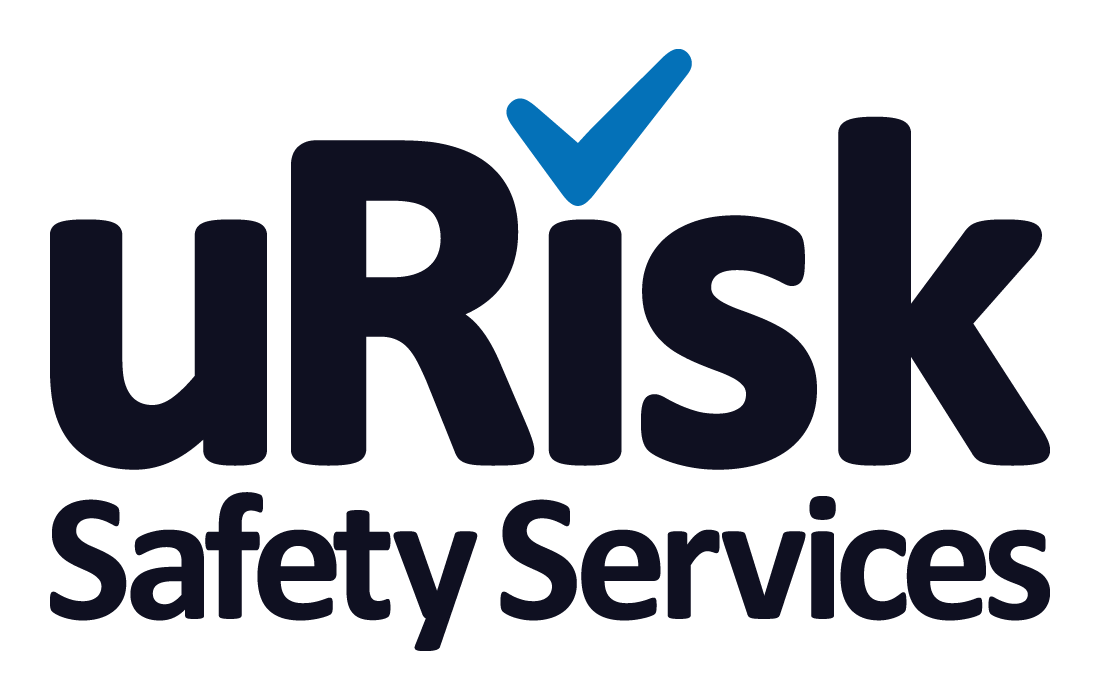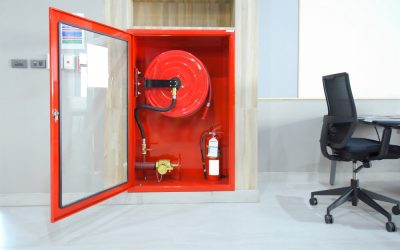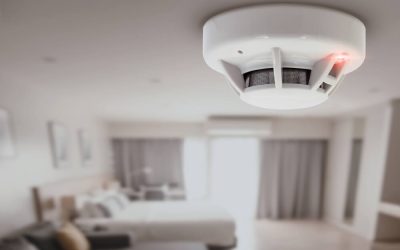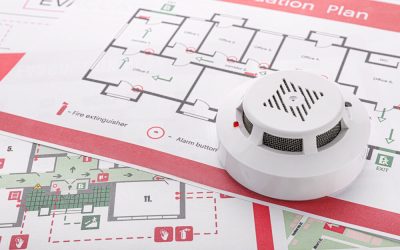What is a Legionella Thermometer?
Water temperature is a vital element in the fight against legionella bacteria. And this is why it’s so important to ensure the water temperature in your water system is kept below 20°C on your cold water systems and stored above 60°C in hot water systems – because legionella thrives in temperatures between 20°C and 50°C. A legionella thermometer is therefore a key part of your legionella monitoring equipment.
Legionella bacteria and Legionnaires’ disease
As the employer, landlord or responsible person, you are legally responsible for the health and safety of your business premises. The Health and Safety at Work etc. Act (1974) requires employers “to take such measures as it is reasonable for a person in his position to take to ensure, so far as is reasonably practicable, that the premises, … is or are safe and without risks to health.” The Act covers all aspects of health and safety and includes the risk management of legionella and Legionnaires’ disease.
Legionnaires’ is a potentially fatal form of pneumonia which develops if water infected by legionella bacteria gets into the lungs. This can happen when infected aerosol water droplets are accidentally inhaled. The droplets can be the result of spray from showers, hoses, watering cans, or water jets in spa pools and hot tubs. Bacteria can also be carried in aerosol droplets from water-based air conditioning units, and even the moisture from freshly opened bags of garden soil or compost.
The serious nature of Legionnaires’ disease means it is imperative that your company takes measures to prevent the build-up of legionella in your water system by ensuring it prevents the conditions that are favourable to them, i.e. stagnant water that is around 35oC.
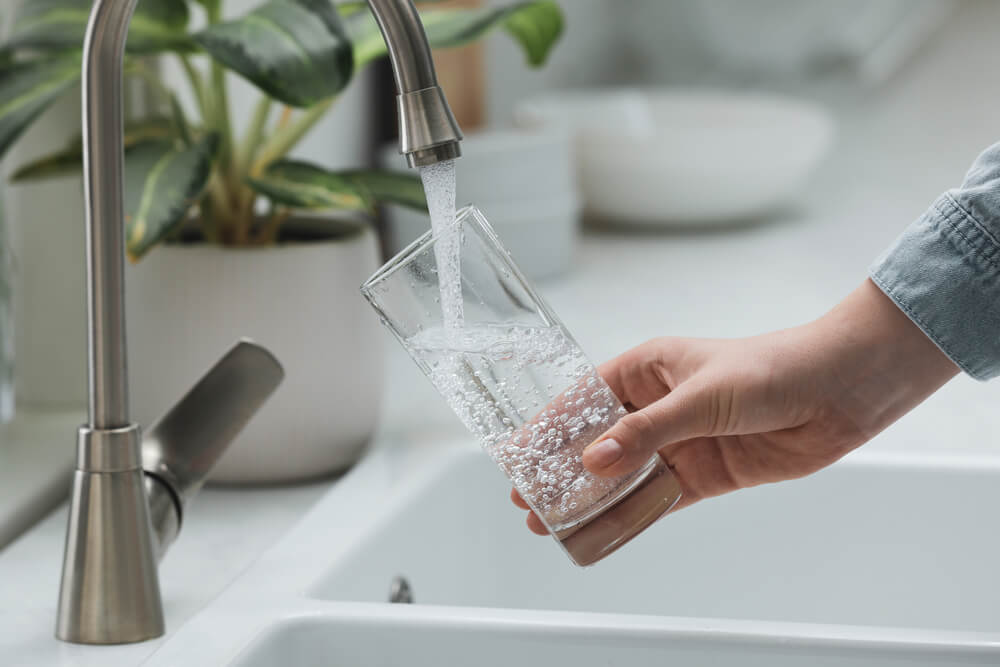
Monitoring water temperature
The Approved Code of Practice (ACoP), published by the Health and Safety Executive, states that regular monitoring of the water temperature on your business premises is part of your legal responsibilities, along with regular legionella risk assessments, water testing and monitoring duties. Digital legionella thermometers have been designed to allow you to accurately gauge the water temperature. As you’d expect, legionella thermometers have to be water resistant, and all come with an immersion probe to allow you to test the water temperature of running taps and in the harder-to-reach parts of your system. Many are fitted with a surface probe that will allow you to take the temperature of pipes and tanks.
Whether you’re buying a legionella thermometer or a legionella thermometer kit, the equipment you need is widely available. The majority of Legionella thermometers are battery-operated so you can use them in remote locations if necessary. They require minimal maintenance and are easy to clean.
If you only have a small business, they provide an affordable way of monitoring your water temperature to ensure you are compliant with ACoP.
Temperatures for hot and cold water
HSE guidance states that cold water temperatures need to be maintained below 20°C both in the cold water storage tanks and the cold water pipework, and hot water needs to be stored at a temperature of at least 60°C in hot water cylinders and 50-60°C heat sources smaller than 15L so it reaches the tap at a temperature of 50°C (or 55°C on healthcare premises).
Healthcare premises (often considered properties governed by the CQC) are a particular concern because they are used by vulnerable people who may be at risk of scalding from the hot water. In these circumstances, it is a good idea to install Thermostatic Mixing Valves (TMVs) which mix cold water with hot as it passes through the valve, ensuring the water is at a safe temperature.
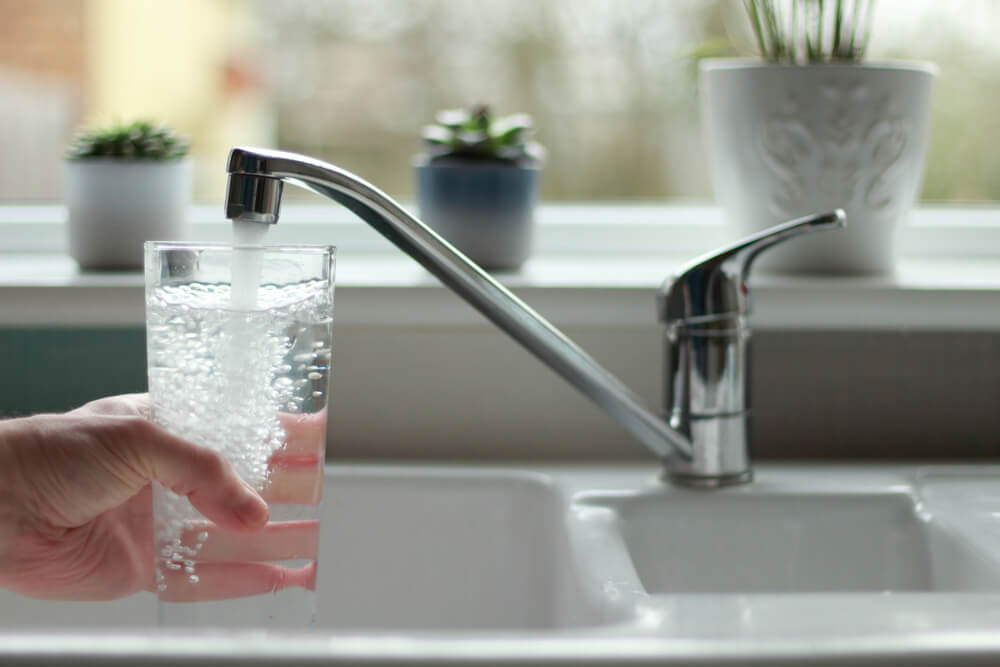
Find out more about legionella bacteria and your responsibilities
If you would like to find out more about all aspects of managing legionella risks and your legal responsibilities, sign up for our Online Legionella Awareness Training Course. At only £35 + VAT, you will learn about Legionnaires to gain an understanding of the conditions that promote legionella growth, why and how you need to manage the risks, with more detail about risk assessment and control of legionella.
If you prefer in-person learning, our one-day classroom-based Legionella Awareness Training Course is run by a specialist instructor giving you more chances to ask questions and go into things in more detail.
You may also be interested in our one-day classroom-based Hot and Cold Monitoring and Inspection Services Training Course which covers topics such as monitoring requirements, and record keeping, and includes a practical exercise and a test.
Alternatively, if you would prefer a specialist company to do a Legionella Risk Assessment or any aspect of your Legionella monitoring and compliance, contact us to arrange an appointment.
Do I need a Legionella Thermometer kit for Legionella Monitoring and Control?
The (HSE) Health & Safety Executive in the revised Approved Code of Practice (ACoP) L8 stipulates: the risk from exposure to legionella should be controlled by preventing conditions that encourage Legionella bacteria growth in cold water systems. Furthermore, this includes avoiding water temperatures between 20 oC and 45 oC, which promote legionella growth.
It is a legal requirement to ensure that the measurement of water temperature is accurate in order to prevent legionella bacteria growth. A calibrated Legionella thermometer will help you fulfil that obligation by taking accurate water temperatures.
Legionella and Water Hygiene Blog Posts
Office Fire Risk Assessment
As you would expect, keeping your office safe from the risk of fire is a legal requirement under the Regulatory Reform (Fire Safety) Order 2005. If you are the owner or manager of a business, or landlord of an office building, it is your responsibility to ensure your...
Fire Risk Assessment For Flats
Your legal requirements as a landlord include taking precautions to keep your tenants safe, including when it comes to the risk of fire in flats. As part of the fire safety regulations, fire risk assessments for flats is therefore part of your legal obligation to...
Getting A Risk Assessment For Fire in the UK
As an employer, landlord or facilities manager, it is your legal responsibility to keep everyone who uses your premises safe. A fire risk assessment is an important part of this because it identifies what might cause a fire so you can take steps to prevent one, as...
